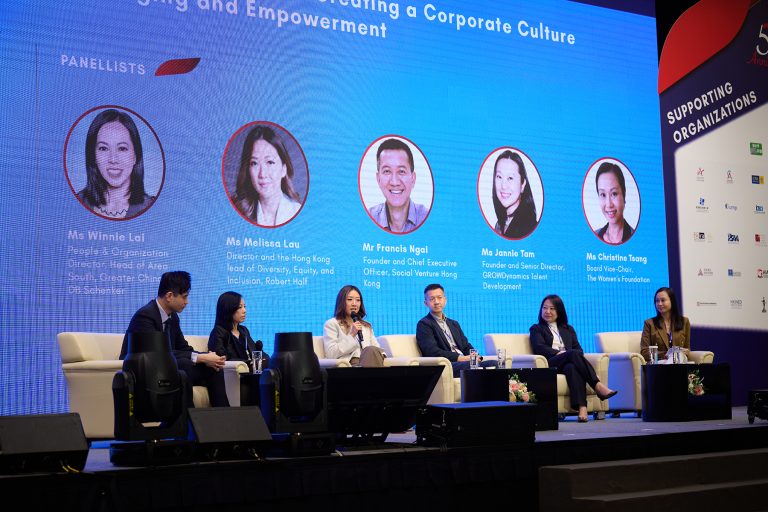The importance of diversity and inclusion in the workplace has grown in recent years. A representative workforce is important not only for corporate governance but for society as a whole. This is particularly true for the role of women, who are under-represented in leadership positions in Hong Kong relative to most other Asia-Pacific economies. The Women’s Foundation (TWF), a non-profit organization dedicated to improving the lives of women and girls in Hong Kong reported that women in Hong Kong occupy 29 percent of management positions (compared to 38 percent in Malaysia) and just 13.8 percent of directorships of Hang Seng Index-listed companies.
While women make up 52 percent of entry-level positions in Hong Kong’s financial services sector, this falls to 33 percent at senior management level and just 21 percent at board level. To understand what is going on behind these numbers, PwC conducted a survey on gender diversity in the financial services sector, with the support of TWF, and Women Chief Executives Hong Kong, a group of female financial services leaders committed to achieving greater gender balance. We looked at five common preconceptions about gender in the workplace, and then tested these against our survey data. This then informed a series of recommendations for employers in the sector. These are:
Diversity recruitment measures are needed to increase female representation in senior roles
Rather than specific diversity recruitment measures, we found that greater impact can be achieved through driving diversity and inclusion across an organization’s culture, and by engaging smaller working communities to define their own diversity and inclusion goals. One example of a group promoting and supporting gender diversity is the Male Allies Initiative in Hong Kong. Encouraging smaller groups of middle managers to implement change is another way of ensuring that a change in mindset is achieved throughout the organization.
There are fewer women than men in senior positions because women leave work to start families
We found that lack of career progression and opportunities are the main reason for women leaving work. Among other measures in the report, we recommend that companies create strategic networking opportunities for women to open up otherwise private networks. There should also be sponsorship (in addition to mentoring) programmes to support the progression of female staff.
Succession plans and leadership programmes are important for female retention and progression into senior roles
This was supported by our research: 67 percent of senior women strongly agree that early identification and management of female talent is important.
Flexible working policies will help improve gender balance
Such policies are considered essential to enable both men and women to meet family responsibilities and other commitments. Over 70 percent of the companies we surveyed ranked this as a top-three priority in driving their diversity and inclusion agenda.
Men are paid more than women
All the companies we surveyed have processes to ensure there is no pay disparity between male and female staff. However, the Women’s Commission reports a pay gap of 22 percent in Hong Kong across all sectors. And there is a strong perception of a pay gap that needs to be overcome: 72 percent of senior female employees feel that senior women do not earn as much as senior men.
Promoting diversity and inclusion
The main conclusion that we draw from this report is that when it comes to diversity and inclusion, it is not enough for organizations to set the tone from the top. They also need to engage line managers and middle management, as this will create a sustainable shift in the organization’s culture. In addition, leaders need to actively listen and acknowledge the obstacles women face around career advancement. Only then can organizations put in place effective measures to prevent them from losing female talent. These measures can include flexible working policies, sponsorship opportunities for women and addressing perceptions relating to unequal pay.
The organizations that we surveyed are already leaders in best practice and are influential in driving behavioural change in their customer base. But the diversity and inclusion agenda needs to be adopted by a much broader range of companies to ensure that Hong Kong keeps pace with other international financial centres.















